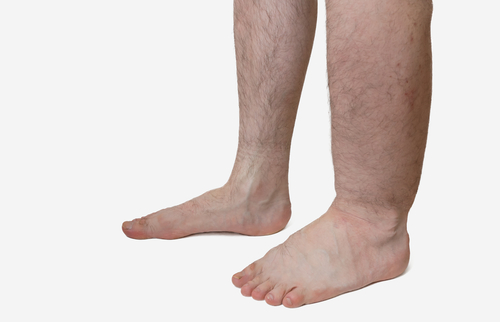Swelling in one or more extremities that results from impaired flow of the lymphatic system.

Swelling in one or more extremities that results from impaired flow of the lymphatic system.
DIAGNOSIS
Physician may do/request:
RECOMMENDED MEDICATIONS
Overview and FactsTypes and SymptomsDiagnosis & MedicationsOverview and Facts Tetralogy of Fallot is a congenital heart defect that affects the [...]
Overview and FactsTypes and SymptomsDiagnosis & MedicationsOverview and Facts Trichinosis, also known as trichinellosis, is a parasitic infection caused by [...]
Overview and FactsTypes and SymptomsDiagnosis & MedicationsOverview and Facts Trigeminal neuralgia is a neurological condition characterized by severe facial pain. [...]